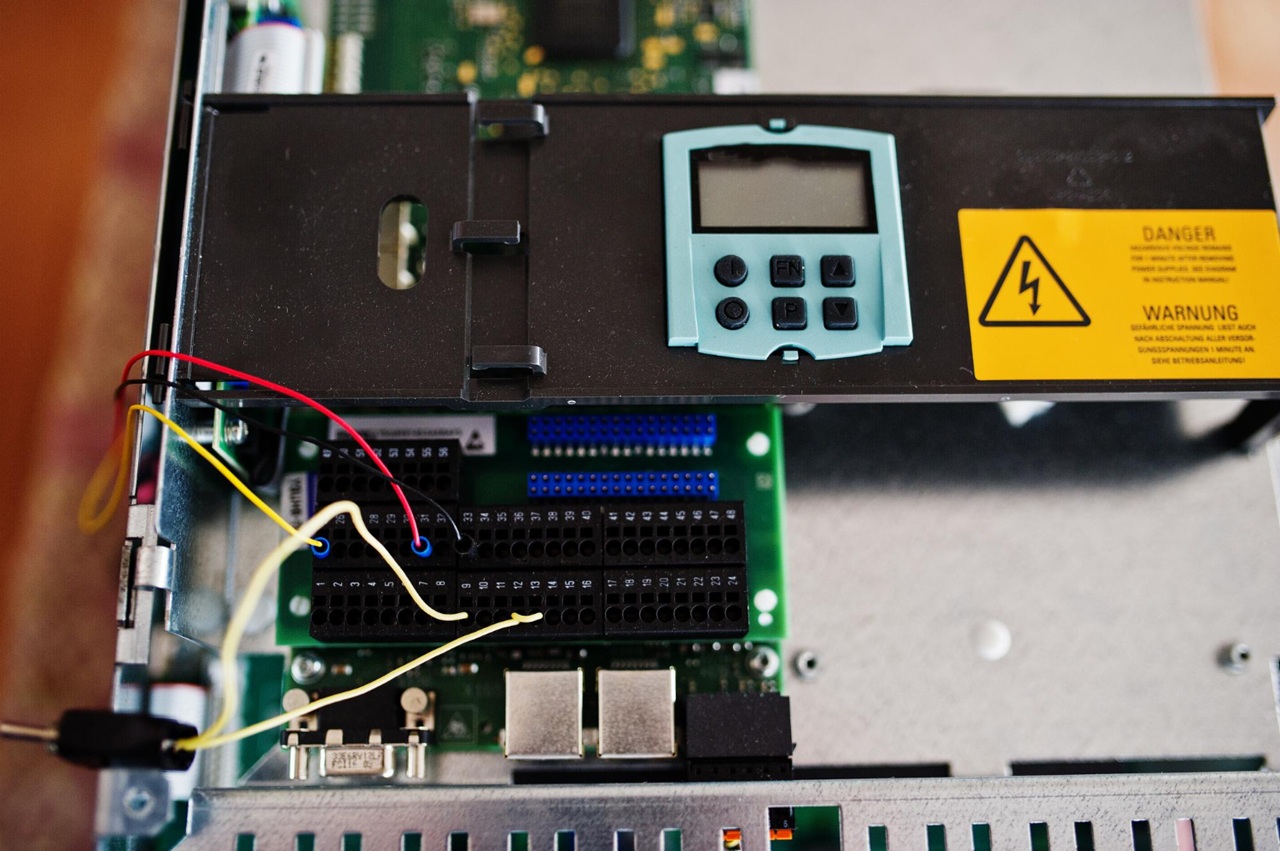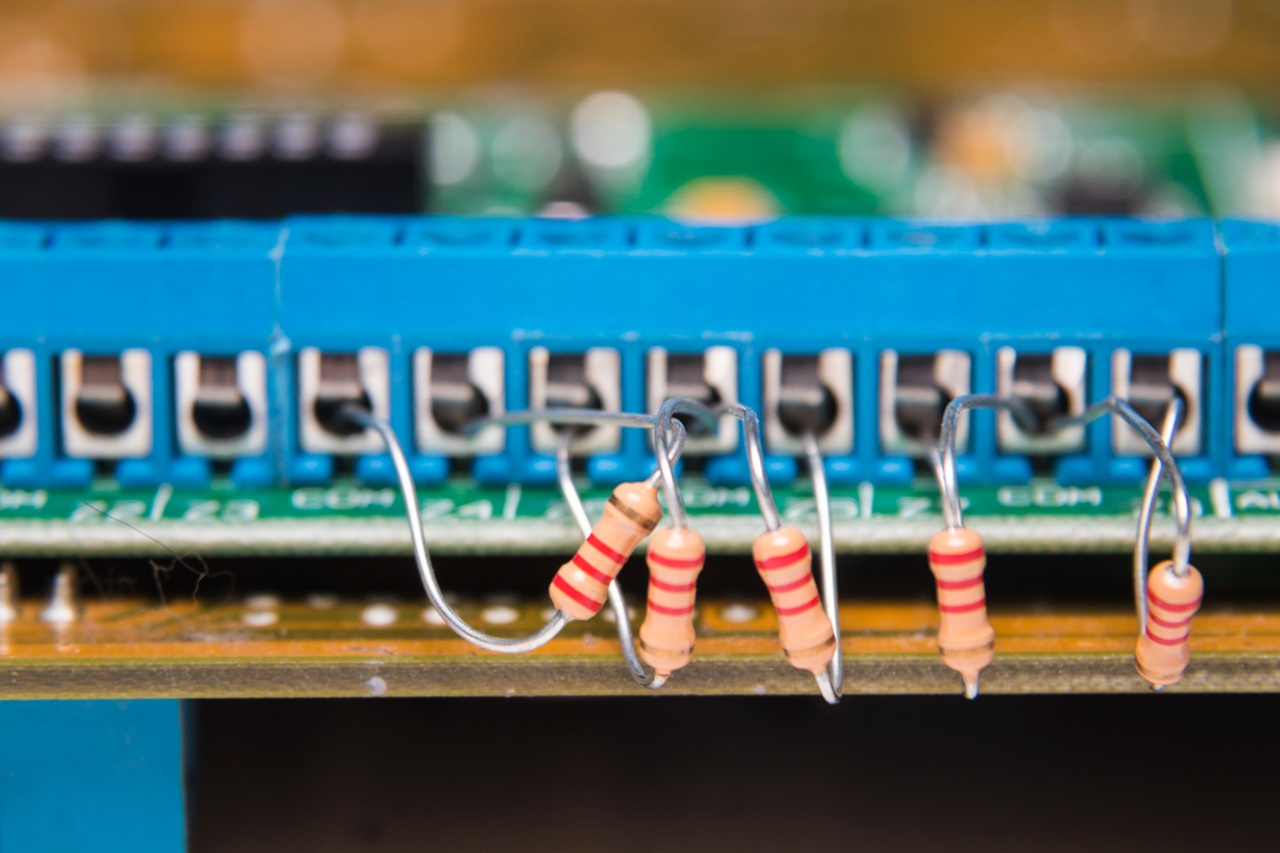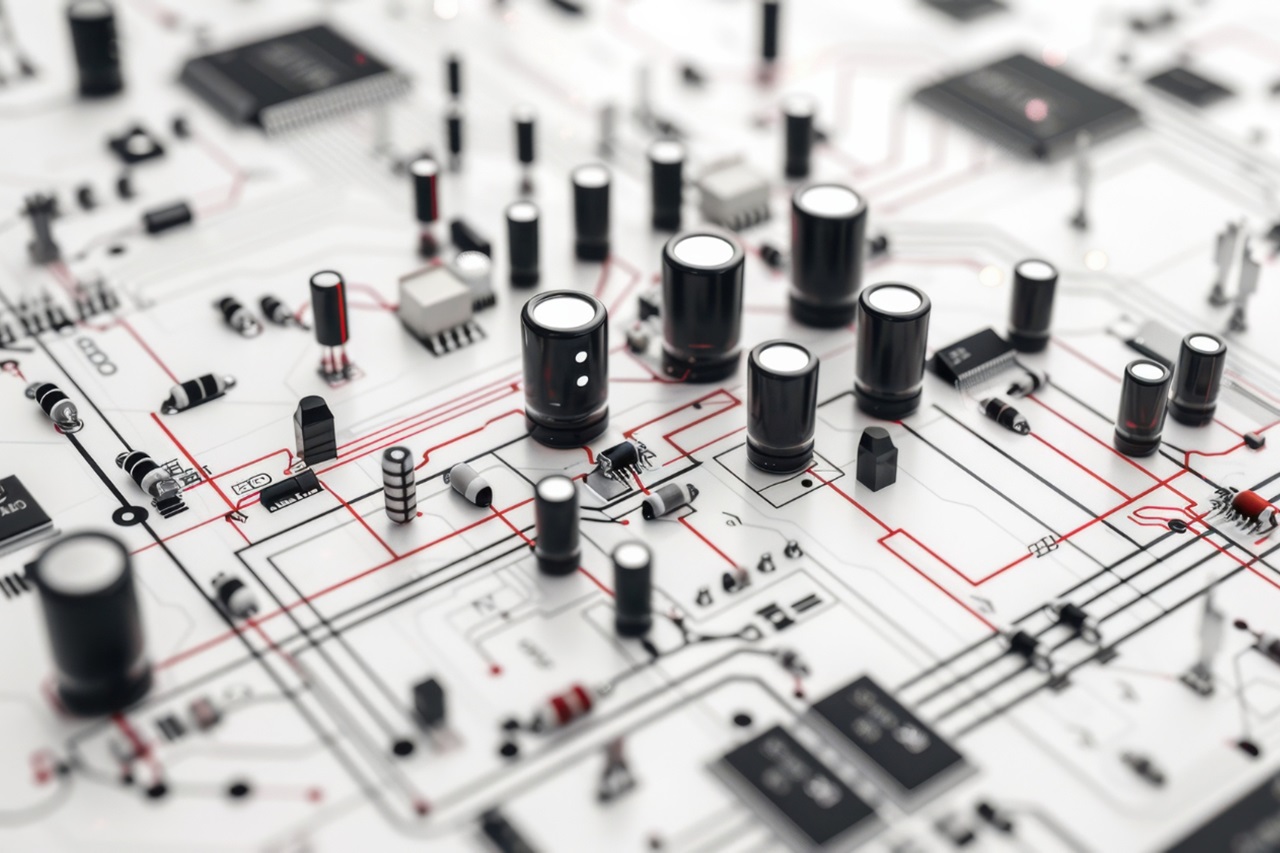Introduction to Circuit Prototyping Boards: Breadboards, Stripboards, and More
Every electronics project begins with an idea, but turning that idea into a functioning circuit requires the right tools. Circuit prototyping boards are essential for bringing concepts to life, allowing you to build, test, and refine your designs before committing to a permanent setup. Whether you’re a beginner exploring electronics or a seasoned tinkerer creating complex systems, understanding the different types of prototyping boards is crucial.
In this post, we’ll introduce you to the world of circuit prototyping boards, focusing on breadboards, stripboards, and other options. By the end, you’ll know which board suits your project and how to get started with confidence.
Why Use a Prototyping Board?
Prototyping boards provide a reusable platform to experiment with circuits. They allow you to:
- Test and debug designs without soldering.
- Modify circuits quickly as you refine your ideas.
- Save time and money by avoiding permanent mistakes.
When I started tinkering with electronics, I tried wiring circuits directly without a board. It didn’t take long for the spaghetti mess of wires to overwhelm me. Switching to a breadboard transformed my experience—it made everything clearer and easier to manage.
1. Breadboards: The Beginner’s Best Friend
What is a Breadboard?
A breadboard is a reusable, solderless board with rows and columns of holes that hold electronic components and wires. It’s perfect for temporary circuits and beginners learning the basics.
How It Works:
- Breadboards have internal connections that link certain rows or columns.
- The central gap is typically used to hold integrated circuits (ICs).
- Wires and components are inserted into the holes, creating a secure yet temporary connection.
When to Use It:
- Learning the basics of circuits.
- Prototyping simple designs.
- Testing components like LEDs, resistors, and transistors.
Example Project: Build a blinking LED circuit using a 555 timer IC. It’s a classic beginner project that teaches how breadboards work while introducing you to basic circuit principles.
Pro Tip: Invest in a medium-sized breadboard with power rails on the sides for easier power distribution.
2. Stripboards (or Veroboards): A Step Towards Permanence
What is a Stripboard?
Stripboards are perforated boards with parallel strips of copper on one side. Unlike breadboards, they require soldering, making them ideal for semi-permanent prototypes.
How It Works:
- Components are inserted through the holes.
- Connections are made by soldering components to the copper strips.
- The copper strips can be cut to isolate sections, giving you flexibility in circuit design.
When to Use It:
- After testing your circuit on a breadboard.
- For projects that need to be more durable but aren’t final.
Example Project: Create a simple audio amplifier. Once you’ve tested the design on a breadboard, transfer it to a stripboard for a cleaner and sturdier build.
Anecdote: I used a stripboard for my first “permanent” project—a light-sensitive alarm. While my soldering wasn’t the prettiest, seeing my circuit work on something sturdier than a breadboard was incredibly satisfying.
3. Printed Circuit Boards (PCBs): The Professional’s Choice
What is a PCB?
A printed circuit board is a custom-designed board that connects components with copper traces instead of wires. PCBs are used for final versions of circuits and mass production.
How It Works:
- Components are soldered directly onto the board.
- Copper traces on the board act as wires, creating the circuit layout.
- PCBs can include multiple layers for complex designs.
When to Use It:
- When your design is finalized and ready for long-term use.
- For professional or large-scale projects.
How to Get One:
Design your PCB using software like KiCad or Eagle, then send it to a manufacturer (many offer affordable options for small batches).
Example Project: Design a custom PCB for a programmable LED display. While it requires more planning and skill, the results are polished and professional.
Pro Tip: For beginners, start with PCB prototyping kits that include pre-designed boards to practice soldering.
4. Perfboards (Perforated Boards): The DIYer’s Canvas
What is a Perfboard?
A perfboard is a grid of holes without any pre-existing copper connections. It’s like a blank canvas, allowing you to design custom circuits entirely from scratch.
How It Works:
- Components are placed through the holes.
- Connections are made using solder and wires.
When to Use It:
- For highly customized or one-off projects.
- When stripboards don’t fit your circuit layout.
Example Project: Build a unique LED pattern for a custom display. The freedom to place components anywhere makes perfboards ideal for creative layouts.
Anecdote: I once used a perfboard to create a simple logic gate tester. It wasn’t the neatest project, but it worked perfectly and taught me how to plan circuits more effectively.
5. Other Prototyping Options
a. Solderless PCB Kits:
These kits include modular PCBs that snap together, combining the reusability of breadboards with the sturdiness of soldered connections.
b. Flex PCBs:
Thin, flexible printed circuit boards that can be used in curved or compact designs. They’re popular in wearable electronics and advanced projects.
c. Modular Systems (e.g., Grove or LittleBits):
Pre-made modules with plug-and-play functionality. Great for beginners or rapid prototyping without detailed circuit knowledge.
Choosing the Right Board for Your Project
Here’s a quick guide to help you decide:
| Type | Best For | Skill Level |
|---|---|---|
| Breadboard | Temporary circuits, learning basics | Beginner |
| Stripboard | Semi-permanent prototypes | Intermediate |
| PCB | Finalized designs, professional use | Advanced |
| Perfboard | Custom layouts, creative designs | Intermediate to Advanced |
| Solderless Kits | Rapid prototyping, modular designs | Beginner to Intermediate |
Tips for Success in Circuit Prototyping
- Plan Before You Build: Sketch your circuit layout to avoid mistakes and save time.
- Keep it Organized: Label your components and wires, especially for complex designs.
- Practice Soldering: If you’re new to soldering, practice on scrap boards before working on your project.
- Invest in Tools: A multimeter, wire strippers, and a soldering iron are essential for any prototyping work.
- Learn from Mistakes: Debugging is part of the process—embrace it as an opportunity to learn.
Final Thoughts
Circuit prototyping boards are the foundation of electronic experimentation. Whether you’re testing a simple LED circuit on a breadboard or creating a custom PCB for a robotics project, these boards empower you to turn ideas into reality.
When I first started, I thought circuit building was all about precision and perfection. But over time, I realized it’s more about creativity, learning from mistakes, and celebrating small victories—like the first time an LED lights up or a motor spins.
So, grab a breadboard, stripboard, or PCB, and start building. The possibilities are endless, and the journey is just as rewarding as the destination.
Happy prototyping!




Post Comment